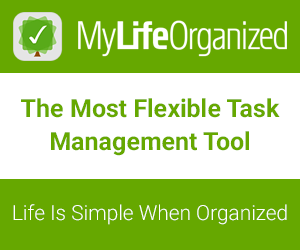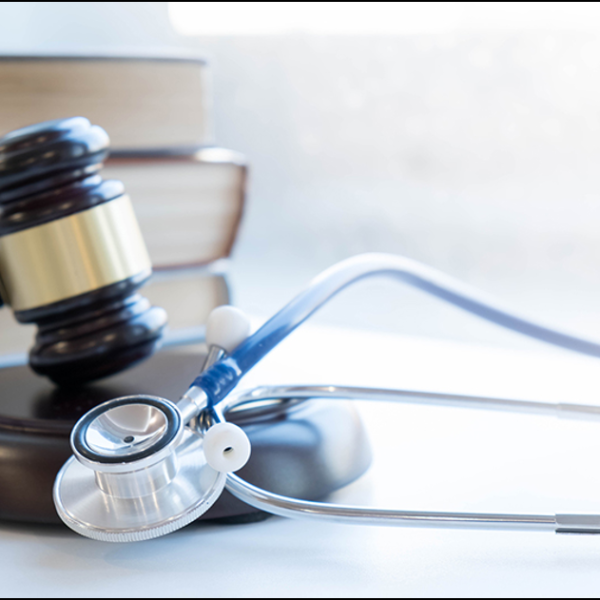Natural disasters happen. It’s a sad fact, but they happen.
With the rise in climate change, these are expected to increase. But, while there’s not much we can do if disaster strikes, we can help with the aftermath, especially when it comes to drinkable water.
One of the biggest issues after a disaster, there are ways technology can provide clean water solutions, which we’ve highlighted below.
Why does it contaminate quickly?
We all know that, as humans, we need fresh water to survive. But, you may be wondering why it becomes such a big issue when there’s a disaster. Well, the bottom line is – the water gets contaminated, and contaminated quickly, meaning we can’t drink it.
So, even if the disaster takes minutes to happen, the ramifications for the water supply can be huge. During the 2017 Hurricane Harvey disaster, 118,000 people were left without water after the event.
If you’re wondering how it gets contaminated, the most common issues are agricultural runoff and human sewage systems breaking or overflowing, spilling waste into the water supplies.
In place strategies?
Because of this, it’s important for areas to have strategies in place, should a disaster happen.
Obviously, not all places are at high risk, but even if you’re only at moderate risk, it’s better to have something in place before it’s too late. Therefore, having a reliable purification system, to help distribute water is key.
One of the most reliable systems is reverse osmosis, as it’s an efficient, practical and cost-effective way of purifying water, helping to create drinking water, in the case of a natural disaster. But what is it?
Reverse Osmosis
Helping to purify water and create portable water, the system works as follows:
- Water is pumped from an outside source
- Once this is done, the water is then forced across a semi-permeable reverse osmosis membrane
- This then filters out any contaminants
- All dissolved solids are then removed from the membrane thanks to the reject stream
- The water, which is now clean, will then pass through the system on to the other side of the membrane
This water will then be ready for drinking, helping to provide fresh, clean water to those hit by the disaster.
Other technology
However, as mentioned, not all places are at risk of being hit by disasters. This doesn’t mean they won’t get hit. But, how do they get access to water?
Well, other technological advances can help.
Drones are a good way to transport clean drinking water to places. These can be mobilised quickly and efficiently to help prevent further issues. Another way is to deploy purifying water packs and water treatment systems, which happened following the Indonesia earthquake and tsunami in 2018 – helping to combat the issue.
As you can see, natural disasters happen, but by having systems in place beforehand, you can help stem the added fallout of not having water, a basic human need, if your town or city are affected.
Image Credits: Joseph Greve




Like this article? Share with your friends!